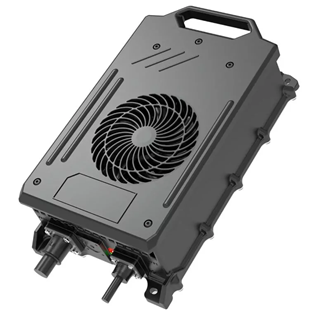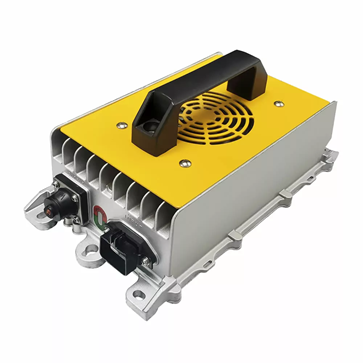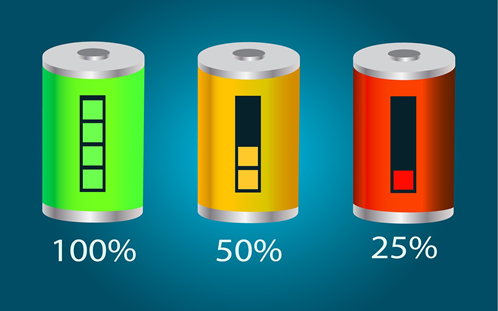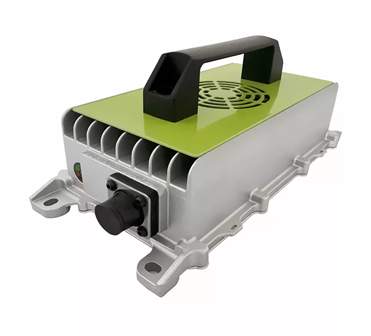


In the vast landscape of industrial operations, the efficacy of battery charging systems plays a pivotal role. These systems not only power essential machinery but also ensure that operations run smoothly and efficiently. Given their critical nature, maintaining these systems becomes paramount to prevent costly downtimes and ensure safety across facilities.
Industrial battery charging systems comprise several key components that collectively charge and maintain the battery life of industrial equipment. These systems include chargers, controllers, connectors, and the batteries themselves. Each part functions synergistically to convert electrical energy from power sources into a form that batteries can store and use effectively.
Begin by visually inspecting the system for any signs of damage or wear. Check for loose connections, signs of corrosion, or any other visible defects. Perform performance tests using specialized tools to measure voltage outputs and the efficiency of charge controllers.

How Often Should Maintenance Be Performed?
Routine maintenance should be scheduled based on the operational hours and the manufacturer's recommendations. Typically, a monthly check-up is advisable, with more thorough inspections quarterly.
Dust and debris can accumulate on battery contacts and connectors, leading to poor conductivity and overheating. Clean these components using non-conductive tools and materials to prevent any short-circuiting.
Ensure all wiring and connections are tight and secure. Loose connections can lead to inefficient charging and potential hazards. Use appropriate tools to tighten any loose screws and replace damaged wires as needed.
Regularly inspect wires for insulation wear or mechanical damage. Replace any component that shows signs of deterioration or malfunction to maintain optimal performance and safety.
For batteries requiring water, such as flooded lead-acid batteries, check the fluid level at least once a month. Ensure the water level is just above the battery plates. Use only distilled water to avoid contaminating the battery cells.
Equalization charging helps balance the charge across all cells within a battery, preventing "cell imbalance." This process should be carried out periodically as specified by the battery manufacturer to ensure all cells function optimally.
Use a load tester to check the actual capacity of the batteries compared to their rated specifications. This test helps identify batteries that are underperforming and may need closer inspection or replacement.
Battery Management Systems (BMS) monitor the health and performance of batteries, providing critical data to optimize charging and prevent overcharging. Integrating a BMS can significantly extend the lifespan and efficiency of battery charging systems.
Maintain the battery charging area at a controlled temperature to prevent excessive heat or cold from affecting battery performance. Proper environmental controls can significantly impact the longevity and reliability of batteries.


Regular maintenance not only extends the life of the battery charging systems but also enhances their efficiency. Well-maintained systems require less power and fewer repairs, contributing to better energy management and lower operational costs.
Keep detailed logs of all maintenance activities, including dates, details of inspections, and any replacements or repairs done. This documentation helps in tracking the performance history of the system and planning future maintenance.
Invest in regular training for your maintenance team to keep them updated on the latest technologies and best practices in battery maintenance. Skilled personnel are essential for the effective and safe handling of battery charging systems.
Emerging technologies, such as lithium-ion batteries and solid-state batteries, offer greater efficiency and longevity. Staying abreast of these advancements can guide future maintenance practices.
Leverage data from sensors and IoT devices to predict potential failures before they occur. Predictive maintenance can drastically reduce downtime and extend the service life of battery charging systems.
Maintaining industrial battery charging systems is not just about prolonging their operational life but is crucial for ensuring safety, reliability, and cost-effectiveness. By adhering to routine maintenance schedules, employing advanced techniques, and preparing for future technological shifts, industries can assure the seamless operation of their battery-powered machinery. Thus, a well-maintained battery system is a cornerstone of industrial efficiency and productivity.